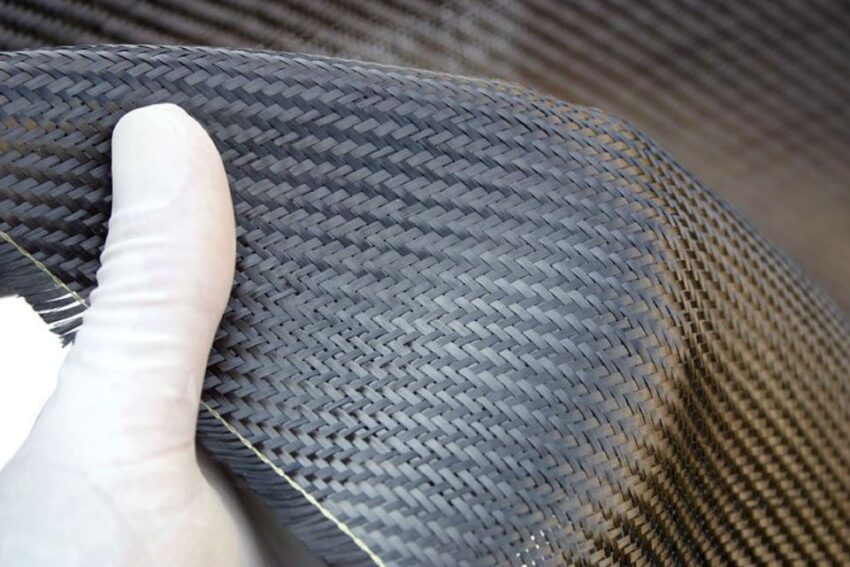Carbon fiber reinforced polymers, more commonly known as carbon prepregs, have revolutionized aerospace manufacturing. By infusing carbon fibers with thermosetting resins like epoxy, carbon prepregs produce lightweight yet extremely durable composite materials.
The Science Behind Carbon Prepregs
At the molecular level, Carbon Prepregs are a work of engineering genius. Long carbon fibers, usually around 5-10 micrometers in diameter, are impregnated or “pre-impregnated” with a thermosetting polymer resin. The resin system is usually an epoxy, toughened with additives to improve fracture resistance. Prepregs use an “B-stage” pre-catalyzed resin that remains partially polymerized. This allows the prepreg plies to be handled, cut and assembled but still flows and fully cures under heat and pressure into a solid composite part.
The carbon fibers provide strength while the resin matrix binds the fibers and transfers loads between them. When cured, the high stiffness and strength of the carbon fibers combine with the strength and toughness of the resin to form an extremely lightweight yet durable composite material. Typical fiber volume fractions are around 50-60%, providing specific strengths similar to high-grade steels but with only a fraction of the density and weight.
Manufacturing Composites with Prepregs
In manufacturing, prepregs offer advantages over hand-layup composites. Multiple plies or “laminates” of prepreg material can be cut and assembled with high accuracy on tooling in an autoclave at the desired fiber orientations. Applying heat and pressure consolidates the laminates, curing the resin and fusing the plies together. This controlled environment allows consistent manufacturing at the molecular level for highly repeatable mechanical properties.
The assembly process allows complex contoured parts to be produced in one-shot that would be very challenging using hand-layup methods. It also eliminates many steps associated with resin infusion processes. Finished composite components have near-net shapes, requiring little post-machining. Prepregs result in parts with improved fiber volume fractions, thickness control, and void reduction compared to other composite fabrication techniques.
Prepregs in Aerospace Structures
Given their strength, stiffness and corrosion resistance advantages, carbon fiber reinforced composites are increasingly popular for primary aerospace structures. Modern aircraft like the Boeing 787 and Airbus A350 utilize over 50% composites by mass. Prepregs have enabled many of these advances, from fuselage panels to entire wings being produced out of molded composites.
Prepregs allow integrally stiffened, co-cured structures with frames, stringers and skins all consolidating together during manufacturing. This cuts weight compared to traditional aluminum construction with individual frames and skins. Wing spars, floor beams and other high load components are now routinely Carbon prepregs allow these highly engineered, unitized structures.
Additionally, complex contoured shell components that would be nearly impossible using traditional metal forming techniques can be molded easily from prepreg tapes laid on intricate tooling. Examples include integrated fuel tanks and fuselage barrel sections that drastically reduce component counts and assembly complexity.
Prepregs and the Future of Aerospace Manufacturing
As the aerospace industry prioritizes sustainability, life-cycle analysis also shows composite prepregs comparatively lower embodied emissions than aluminum. Their design freedom also improves fuel efficiency through advanced wing and airframe shaping optimized for lower drag.
Automated fiber placement (AFP) and tape laying machines are increasingly used with prepregs. Robotic arms accurately deposit narrow prepreg tapes on large tooling to assemble entire aircraft skins, barrels and wings in single consolidated parts. This brings down costs through reduced labor and assembly steps.
Looking ahead, newer resin infusion techniques shows promise to further drive down prepreg manufacturing costs. Continued carbon fiber cost reductions through technology advancements ensures prepregs and composites remain central to innovation in aerospace structural design and manufacturing well into the future. With prepregs as an enabling technology, lighter aircraft mean reduced emissions and improved sustainability for the entire industry.

